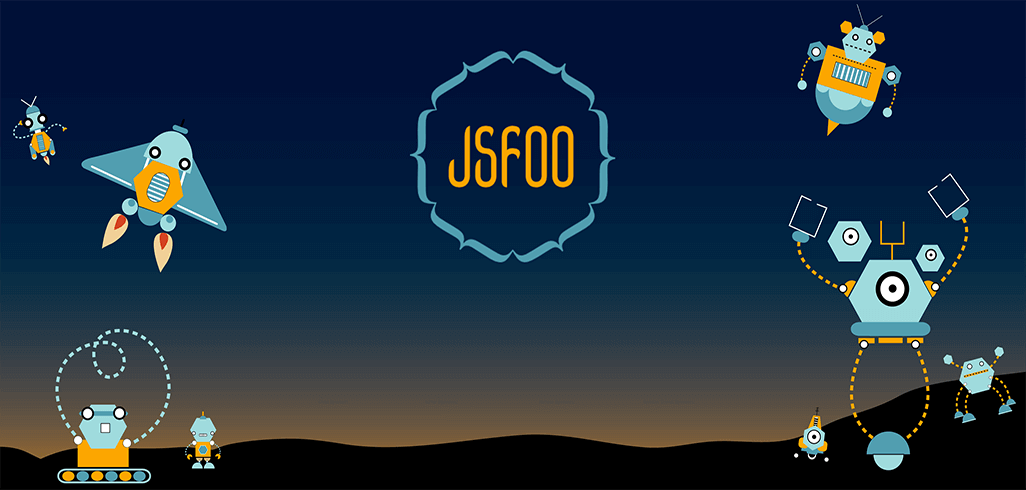
Jan 2019
7 Mon
8 Tue
9 Wed
10 Thu 09:15 AM – 05:40 PM IST
11 Fri
12 Sat
13 Sun

Jan 2019
7 Mon
8 Tue
9 Wed
10 Thu 09:15 AM – 05:40 PM IST
11 Fri
12 Sat
13 Sun
Deepak Pathania
@deepakpathania789
Submitted Nov 4, 2018
User onboarding is an important aspect of offering SAAS but as apps start to grow and add different new features, it can become a little complex for new users to navigate and discover different functionalities.
At Postman, we actively track feature requests suggested by our users to constantly add different features without hindering the original app experience, which can lead to some features staying hidden for our newer users.
To tackle this issue, we decided to build an in app learning service that not only allows users to discover new features but also experiment with them in a guided, interactive manner without restricting them to a static path.
This talk would try to encapsulate:
I would also talk about why a dedicated on boarding/ learning service makes sense for SAAS products and things to consider when building one.
The problem statement
Architecting the service
Decoupling service and app development
Exploratory first approach.
Minimising computation latency.
Future proofing
Personalisation
Triggering learning
Product Engineer @Postman. Full stack web developer with a keen eye for building elegant interfaces and a proven record of writing scalable backend code. Loves everything javascript. Speaks at conferences, meetups, hackathons and generally all the time. Likes open source, startups, pets, anime and people - in no particular order.
Jan 2019
7 Mon
8 Tue
9 Wed
10 Thu 09:15 AM – 05:40 PM IST
11 Fri
12 Sat
13 Sun
Hosted by
{{ gettext('Login to leave a comment') }}
{{ gettext('Post a comment…') }}{{ errorMsg }}
{{ gettext('No comments posted yet') }}